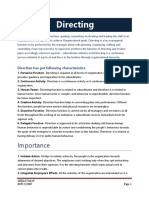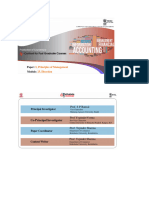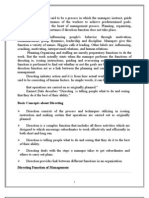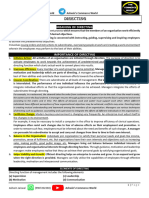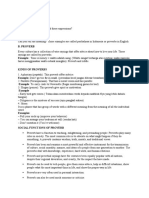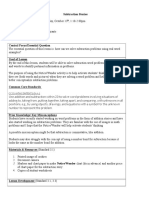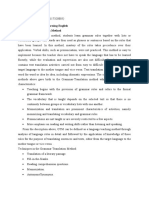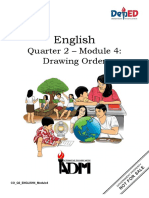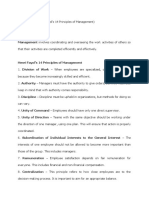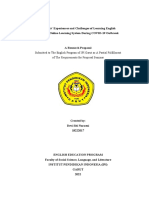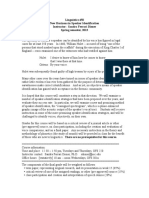0% found this document useful (0 votes)
39 views20 pagesIntroduction To Direction
Direction is an important managerial function that initiates action and guides employees towards organizational goals. It involves communicating instructions, providing leadership, motivating workers, and supervising performance. A supervisor oversees subordinates' work to ensure productivity and quality, and helps solve work problems. Key principles of effective direction include harmony of objectives, individual contribution, unity of command, direct supervision, communication, and leadership.
Uploaded by
manish goswamiCopyright
© © All Rights Reserved
We take content rights seriously. If you suspect this is your content, claim it here.
Available Formats
Download as PPT, PDF, TXT or read online on Scribd
0% found this document useful (0 votes)
39 views20 pagesIntroduction To Direction
Direction is an important managerial function that initiates action and guides employees towards organizational goals. It involves communicating instructions, providing leadership, motivating workers, and supervising performance. A supervisor oversees subordinates' work to ensure productivity and quality, and helps solve work problems. Key principles of effective direction include harmony of objectives, individual contribution, unity of command, direct supervision, communication, and leadership.
Uploaded by
manish goswamiCopyright
© © All Rights Reserved
We take content rights seriously. If you suspect this is your content, claim it here.
Available Formats
Download as PPT, PDF, TXT or read online on Scribd
/ 20


